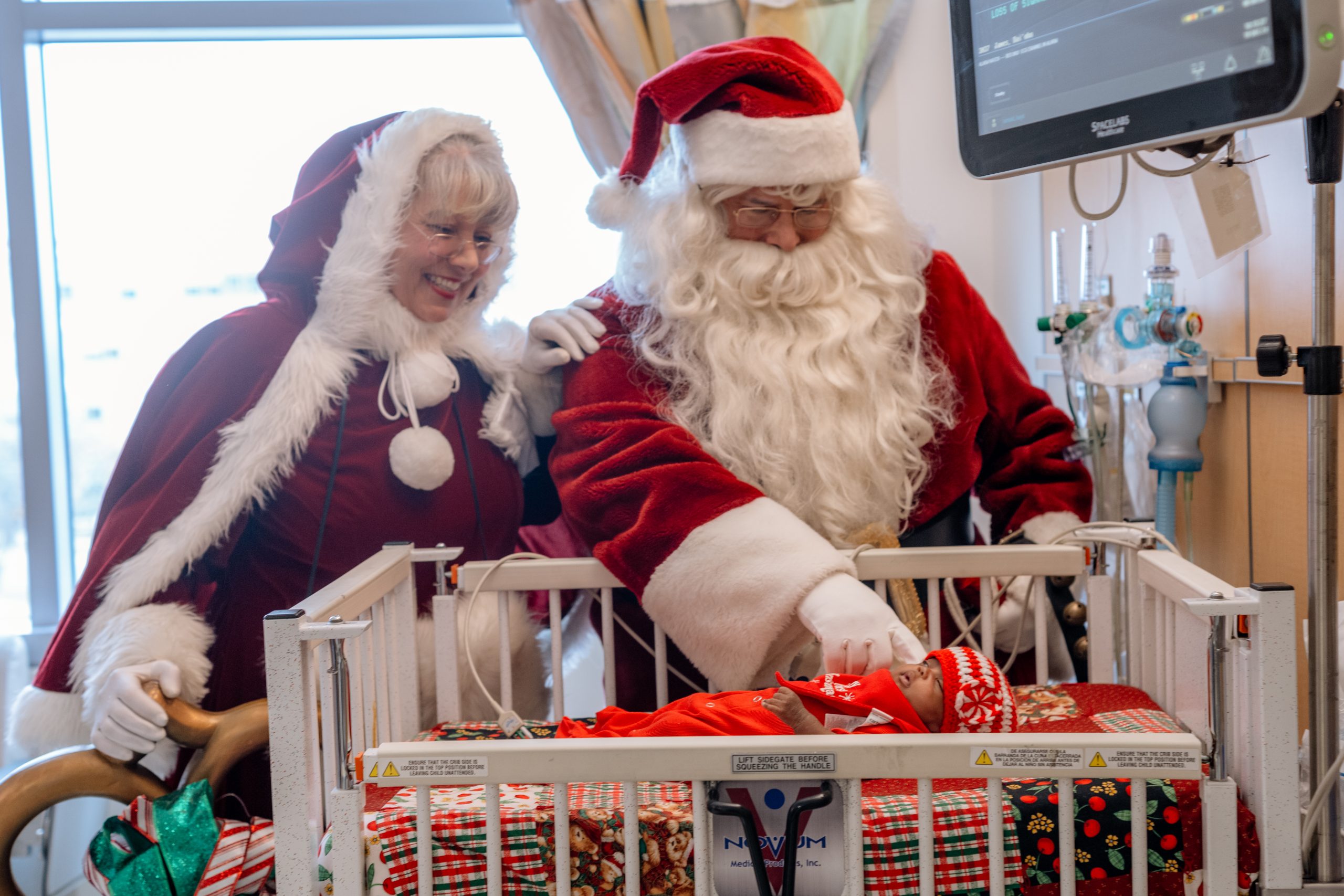Astronauts report ‘toxic smell’ coming from Russian spacecraft docked to ISS – and nobody knows exactly what it is
A “toxic” odor emanating from a recently parked Russian spacecraft has been noticed by astronauts on board the International Space Station.
The Russian Poisk module has been connected to the unpiloted Progress 90 resupply spacecraft, which arrived at the orbiting outpost on Saturday.
After opening the Poisk door, Russian cosmonauts detected the odor right away and have since closed it off from the rest of the Russian portion.
It was unclear whether the “pray paint” odor that NASA astronaut Don Pettit reported in the US segment’s Node 3 module was caused by Progress.
The crew closed the Poisk gate to the remainder of the Russian section after the Roscosmoscosmonauts opened the Progress spacecraft’s hatch and detected tiny droplets and an unexpected odor, according to a social media post from NASA.
The crew described the odor as noxious, according to Russian space news website Russianspaceweb.com, although the US space agency did not identify it.
READ MORE ON SPACE
NASA informed CNN that the “droplets” are probably the product of “outgassing from materials inside the (Russian) Progress spacecraft.”
The phenomenon known as “outgassing” occurs when gas contained inside a solid is forced out during the high-pressure flight from Earth to space, where temperatures can vary from 240F to -250F (121C to -158C).
NASA’s Johnson Space Centre in Houston’s news chief, Kelly O. Humphries, stated that the droplets that were expelled from the Progress capsule will not contain fuel.
Coolant leaks have occurred in space from earlier Russian vehicles.
It has been shown that the air quality within the space station is within normal limits.
Following the observation, NASA said, “Space station air scrubbers and contaminant sensors monitored the station’s atmosphere.”
“And on Sunday, flight controllers determined air quality inside the space station was at normal levels.”
Watch China offer rare glimpse inside Tiangong space station – it’s far more luxurious than leaky ISS
“There are no concerns for the crew,” Humphries continued.
Before the spacecraft leaves for Earth, it will spend six months docked on the ISS to load trash from the astronauts.
The Expedition 72 crew received roughly three tons of food, fuel, and supplies from the Progress 90 mission.
Roscosmos Aleksandr Gorbunov, Ivan Vagner, and Alexey Ovchinin, as well as NASA’s Pettit, Nick Hague, Suni Williams, and Butch Wilmore, are currently on board the space station.
Nasa and Roscosmos recently announced 50 “areas of concern” on the orbital outpost, including cracks and leaks, including one that has been leaking oxygen since 2019.
The Russian service module has a five-year-old leak next to a hatch that was put in place in 2000.
The Office of the Inspector General (OIG) of NASA declared it a “top safety risk” in a recent study, raising the hazard level to five out of five.
NASA is keeping a tight eye on 50 “areas of concern” and four cracks on the aging ISS, which is scheduled to be retired by the end of the decade.
Although astronauts can apply sealant or patches to the cracks, these are mainly short-term fixes.
Read More on The US Sun
Astronauts have the option to totally seal down the tube if the leaks become dangerous and much worse.
But doing so will result in the loss of a crucial docking port that Progress and Soyuz spacecraft use.
The race to replace the ISS

Nothing in Earth’s orbit can remain in space indefinitely, even though the ISS has been there since 1998.
According to NASA, the station would remain operational until 2030 before launching into the Pacific Ocean in early 2031.
The US space agency said in December 2021 that it was giving three companies—Blue Origin, Nanoracks (with Voyager Space), and Northrop Grumman—a total of $415 million (326 million) to help solidify their plans for commercial space stations.
Additionally, NASA has separate contracts with Texas-based Axiom Space, which is developing a new line of spacesuits and its own private outposts, and Vast.
When NASA first sponsored Northrop Grumman, the company had its own designs for a space station.
But in October of last year, the corporation abandoned its plan to provide Voyager Space with Starlab instead.
Vast, a California-based company, has proposed the Haven-2, an ISS-successor that it claims may be fully functional in space by 2028.
Note: Every piece of content is rigorously reviewed by our team of experienced writers and editors to ensure its accuracy. Our writers use credible sources and adhere to strict fact-checking protocols to verify all claims and data before publication. If an error is identified, we promptly correct it and strive for transparency in all updates, feel free to reach out to us via email. We appreciate your trust and support!














